Problems on Properties of Isosceles Triangles
Here we will solve some numerical problems on the properties of isosceles triangles.
1. Find x° from the below figures.
Solution:
In ∆XYZ, XY = XZ.
Therefore, ∠XYZ = ∠XZY = x°.
Now, ∠YXZ + ∠XYZ + XZY = 180°
⟹ 84° + x° + x° = 180°
⟹ 2x° = 180° - 84°
⟹ 2x° = 96°
⟹ x° = 48°
2. Find x° from the given figures.
Solution:
LMN, LM = MN.
Therefore, ∠MLN = ∠MNL
Thus, ∠MLN = ∠MNL = 55°, [since ∠MLN = 55°]
Now, ∠MLN + ∠LMN + ∠MNL = 180°
⟹ 55° + x° + 55° = 180°
⟹ x° + 110° = 180°
⟹ x° = 180° - 110°
⟹ x° = 70°
3. Find x° and y° from the given figure.
Solution:
In ∆XYP,
∠YXP = 180° - ∠QXY, as they form a linear pair.
Therefore, ∠YXP = 180° - 130°
⟹ ∠YXP = 50°
Now, XP = YP
⟹ ∠YXP = ∠XYP = 50°.
Therefore, ∠XPY = 180° - (∠YXP + ∠XYP), as the sum of three angles of a triangle is 180°
⟹ ∠XPY = 180° - (50° + 50°)
⟹ ∠XPY = 180° - 100°
⟹ ∠XPY = 80°
Now, x° = ∠XPZ = 180° - ∠XPY (linear pair).
⟹ x° = 180° - 80°
⟹ x° = 100°
Also, in ∆XPZ we have,
XP = ZP
Therefore, ∠PXZ = ∠XZP = z°
Therefore, in ∆XPZ we have,
∠XPZ + ∠PXZ + ∠XZP = 180°
⟹ x° + z° + z° = 180°
⟹ 100° + z° + z° = 180°
⟹ 100° + 2z° = 180°
⟹ 2z° = 180° - 100°
⟹ 2z° = 80°
⟹ z° = 80°2
⟹ z° = 40°
Therefore, y° = ∠XZR = 180° - ∠XZP
⟹ y° = 180° - 40°
⟹ y° = 140°.
4. In the adjoining figure, it is given that XY = 3y, XZ = 7x, XP = 9x and XQ = 13 + 2y. Find the values of x and y.
Solution:
It is given that XY = XZ
Therefore, 3y = 7x
⟹ 7x - 3y = 0 ............................ (I)
Also, we have XP = XQ
Therefore, 9x = 13 + 2y
⟹ 9x – 2y – 13 = 0 ............................ (II)
Multiplying (I) by (II), we get:
14x - 6y = 0 ............................ (III)
Multiplying (II) by (III), we get:
27x – 6y – 39 = 0 ............................ (IV)
Subtracting (III) from (IV) we get,
13x - 39 = 0
⟹ 13x = 39
⟹ x = 3913
⟹ x = 3
Substituting x = 3 in (I) we get,
7 × 3 – 3y = 0
⟹ 21 – 3y =0
⟹ 21 = 3y
⟹ 3y = 21
⟹ y = 213
⟹ y = 7.
Therefore, x = 3 and y = 7.
From Problems on Properties of Isosceles Triangles to HOME PAGE
Didn't find what you were looking for? Or want to know more information about Math Only Math. Use this Google Search to find what you need.
Recent Articles
-
Adding 2-Digit Numbers | Add Two Two-Digit Numbers without Carrying
Mar 23, 25 12:43 PM
Here we will learn adding 2-digit numbers without regrouping and start working with easy numbers to get acquainted with the addition of two numbers. -
Worksheet on 12 Times Table | Printable Multiplication Table | Video
Mar 23, 25 10:28 AM
Worksheet on 12 times table can be printed out. Homeschoolers can also use these multiplication table sheets to practice at home. -
Vertical Subtraction | Examples | Word Problems| Video |Column Method
Mar 22, 25 05:20 PM
Vertical subtraction of 1-digit number are done by arranging the numbers column wise i.e., one number under the other number. How to subtract 1-digit number vertically? -
Worksheet on 11 Times Table | Printable Multiplication Table | Video
Mar 22, 25 05:08 PM
Worksheet on 11 times table can be printed out. Homeschoolers can also use these multiplication table sheets to practice at home. -
Worksheet on 10 Times Table | Printable Multiplication Table | Video
Mar 21, 25 03:46 PM
Worksheet on 10 times table can be printed out. Homeschoolers can also use these multiplication table sheets to practice at home.
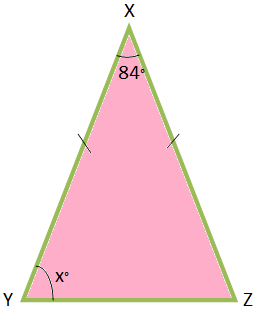
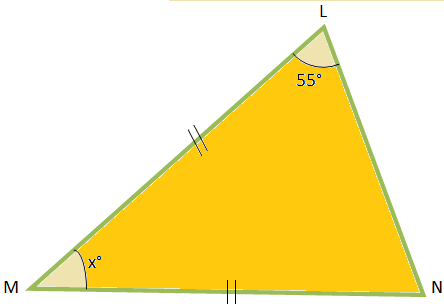
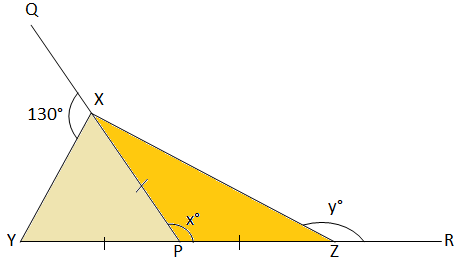
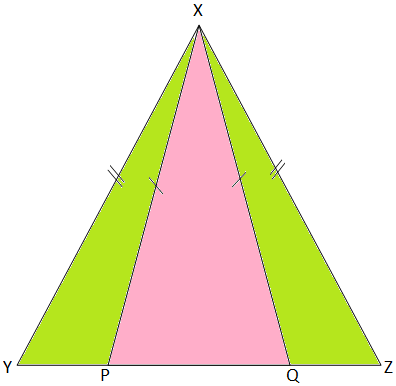

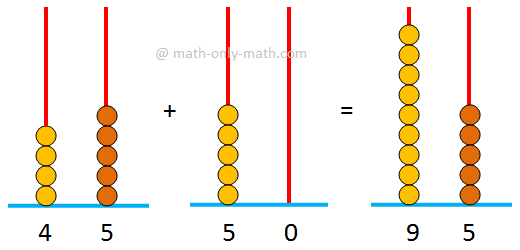




New! Comments
Have your say about what you just read! Leave me a comment in the box below. Ask a Question or Answer a Question.